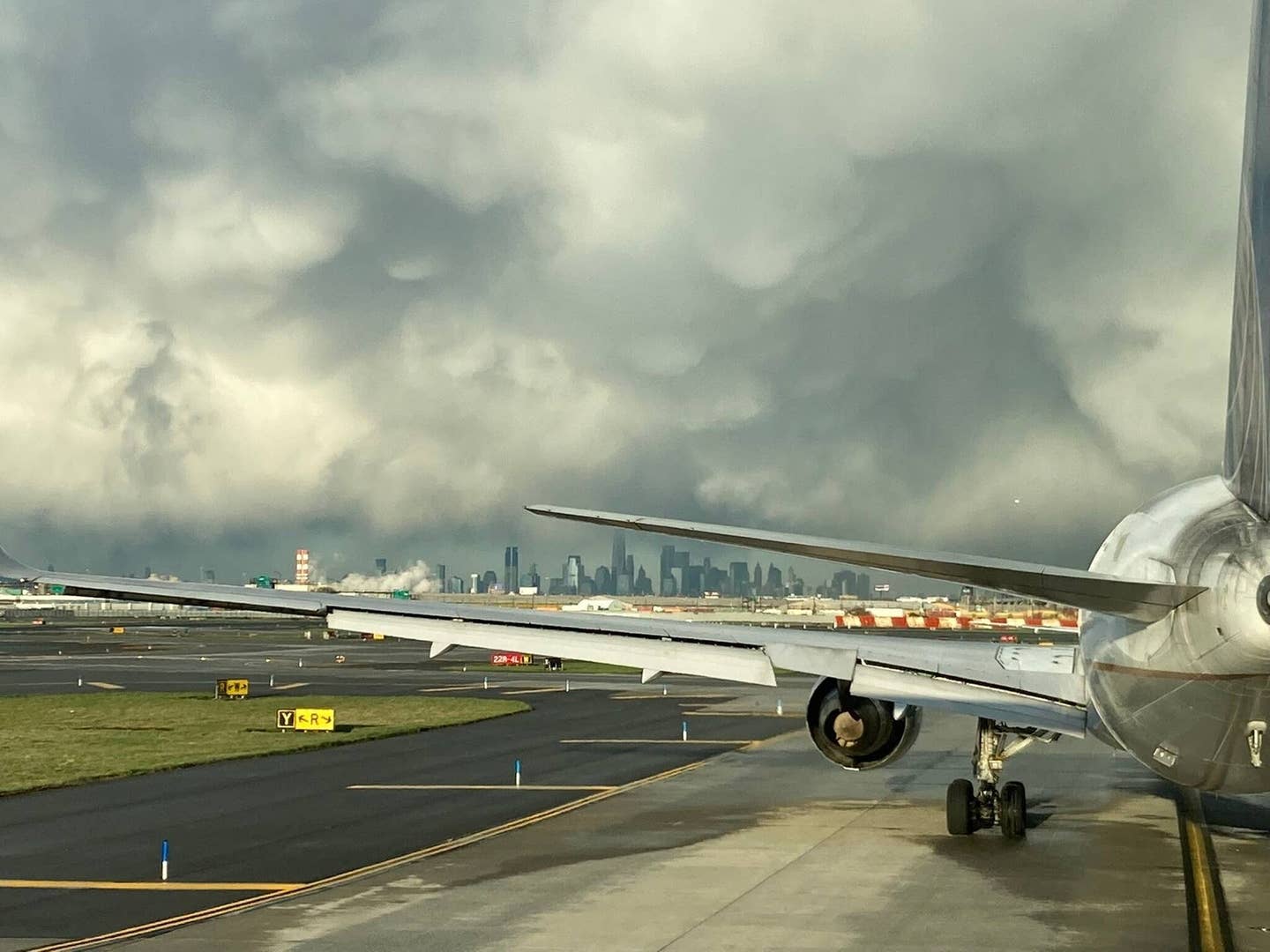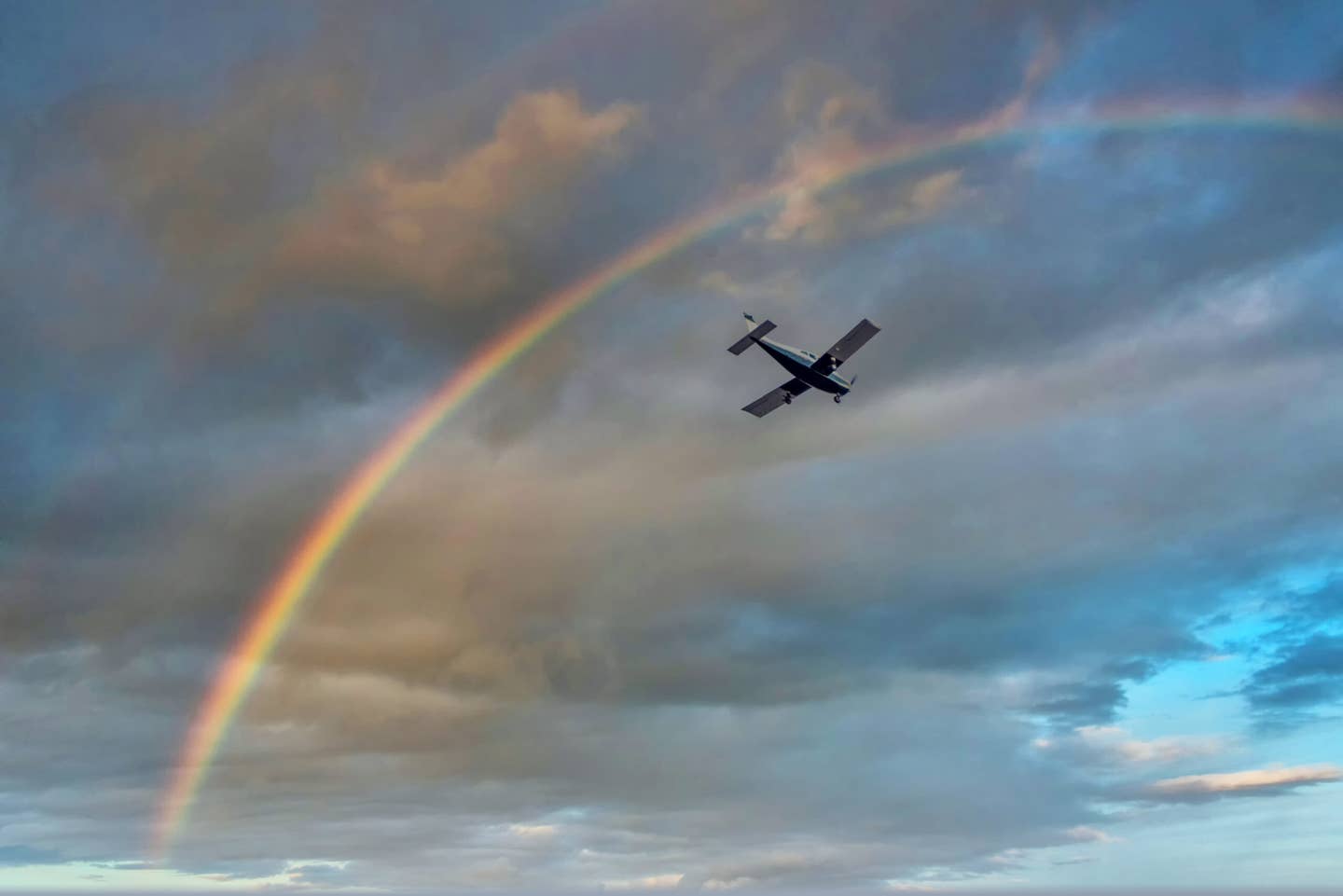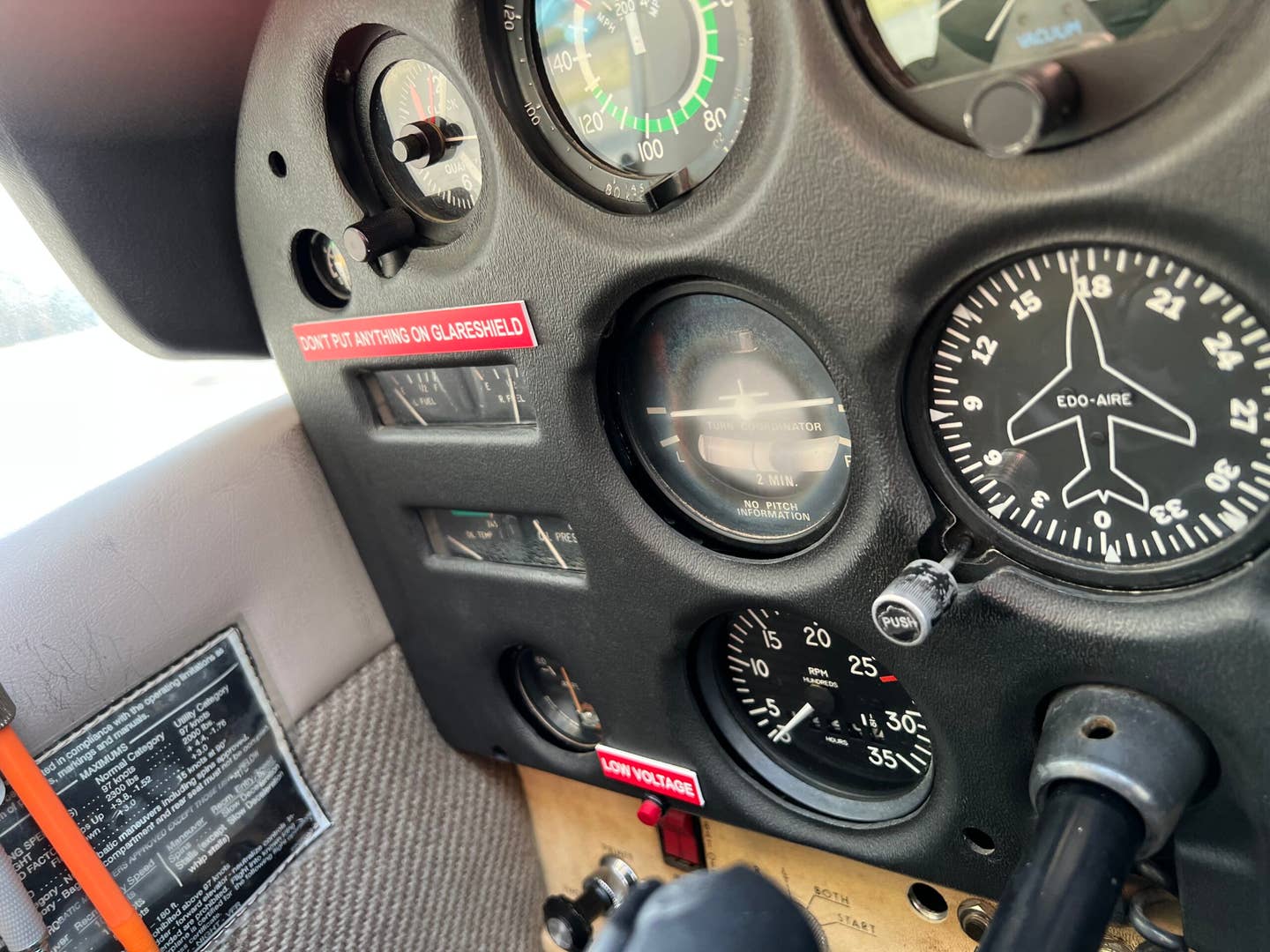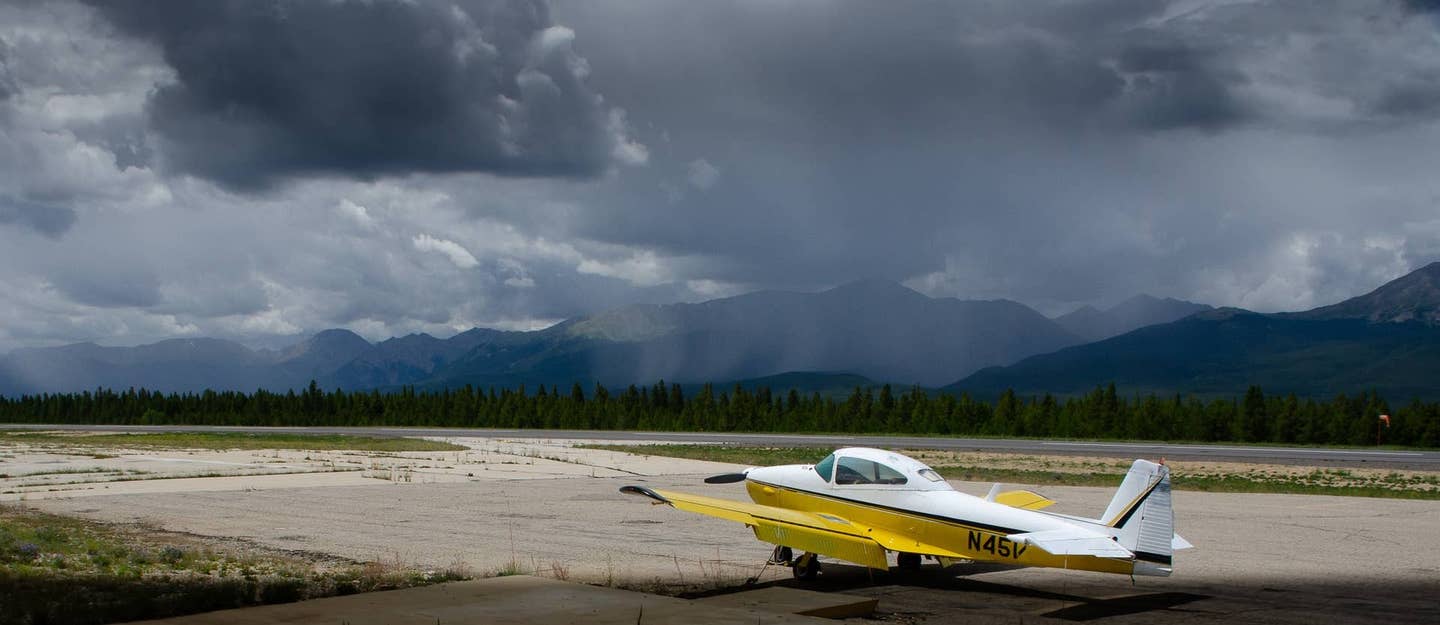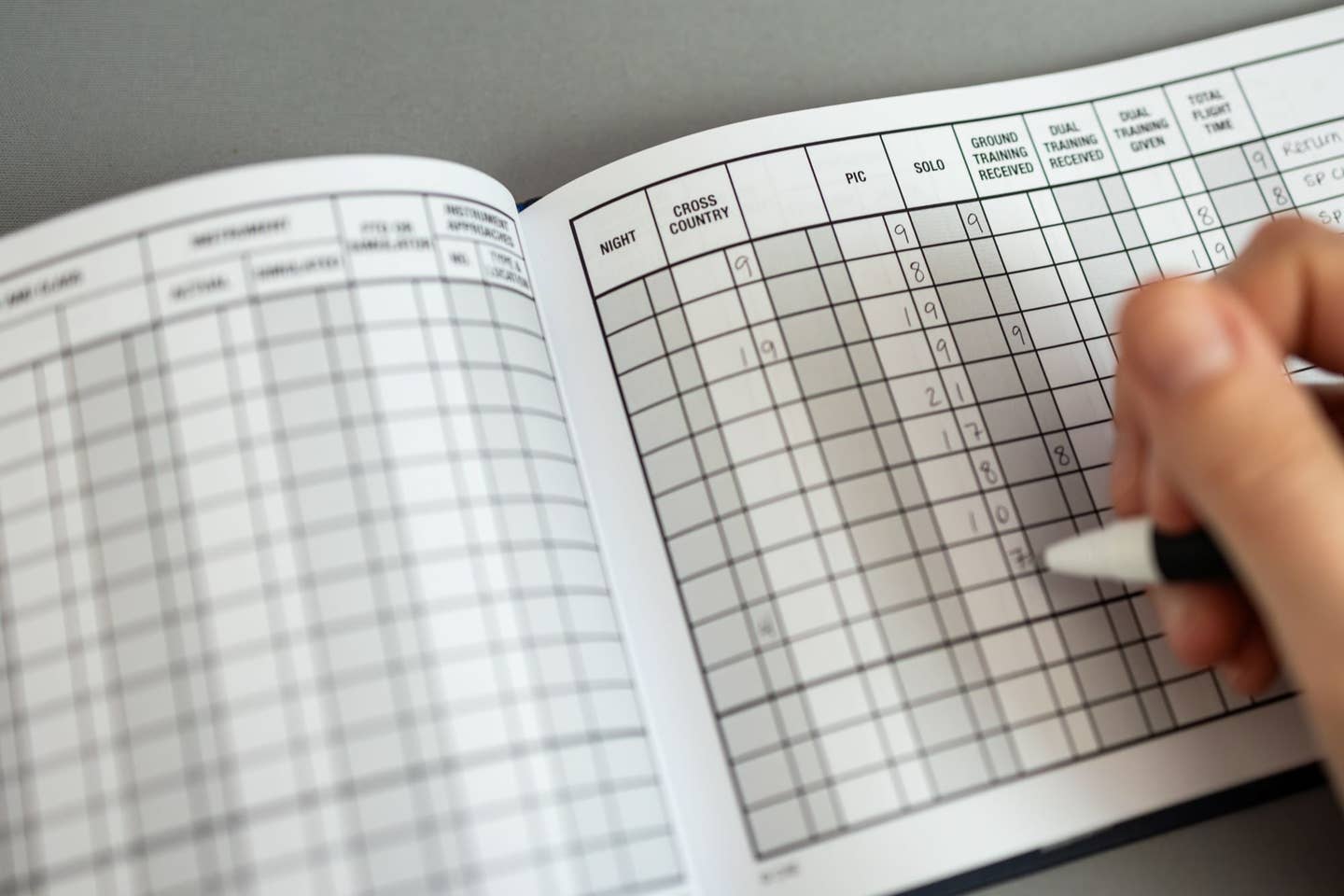
Jim Bryant
I was sad to read an article in the Houston Chronicle this week reporting that a pilot died after colliding with another airplane near Lake Conroe outside of Houston, Texas. The report said the two airplanes were flying as part of a formation flight of seven homebuilt airplanes. While I have no knowledge of the pilots’ level of formation flying experience or why they collided, I do know that this type of flying is a skill that requires a lot of training. By that I don’t mean any practice, but training obtained by a highly skilled formation flying instructor.
Formation instruction is not legally required. FAR §91.111, which governs operations near other airplanes, states that: “No person may operate an aircraft in formation flight except by arrangement with the pilot in command of each aircraft in the formation.” This minimum legal requirement for formation flight should be obvious, but apparently pilots have been foolish enough to fly in formation without prior communication with the other pilot or pilots. A very thorough and detailed briefing covering objectives, limitations, frequencies, and procedural details for each segment of the flight from startup to shutdown is necessary so that all the pilots in the formation (whether they’re two or 20) know exactly what to expect during the flight.
This type of preflight briefing is just one of many components taught during FAA recognized formation clinics developed by the Formation and Safety Team (FAST) - an organization built on 16 signatory organizations dedicated to teaching safe formation flying. Completion of a course based on the FAST syllabus will award the pilot with what's commonly referred to as a "FAST card." The certification is required for pilots who aspire to fly in formation during air shows that have received a Certificate of Waiver issued by the FAA to provide temporary relief from certain FARs, such as minimum safe altitudes.
Some of the other components of the syllabus include verbal communication and visual signals, how to join up with another airplane, and different formation patterns and maneuvers. The successful completion of a FAST formation course requires several hours of ground school and flight training, a written test and a flight test.
There are also strict currency rules associated with the FAST certification. Pilots must prove proficiency on an annual basis or the formation accreditation will not be renewed.
Proficiency is also absolutely critical for the formation pilot in training. Since the focus should be on achieving and maintaining the airplane's position in relation to the other airplane, the act of flying the airplane should be effortless. Without that level of proficiency, the pilot should focus on improving his or her flying skills before getting into something as technical as formation flight.
Be aware that this type of flying is risky; and trying to figure it out without instruction is as foolish as flying in the clouds without an instrument rating. But proper training and strict discipline will lower the risks, and make formation flight fun and very rewarding.

Sign-up for newsletters & special offers!
Get the latest FLYING stories & special offers delivered directly to your inbox


